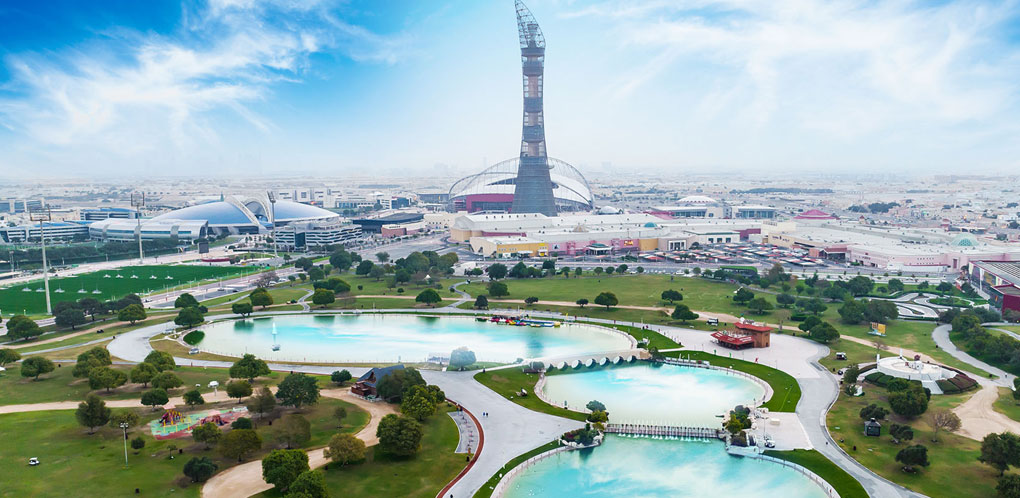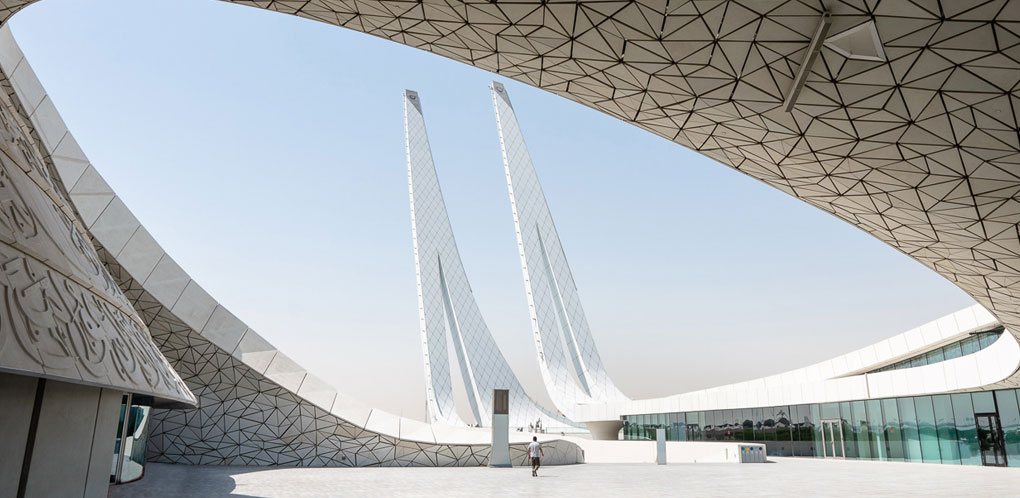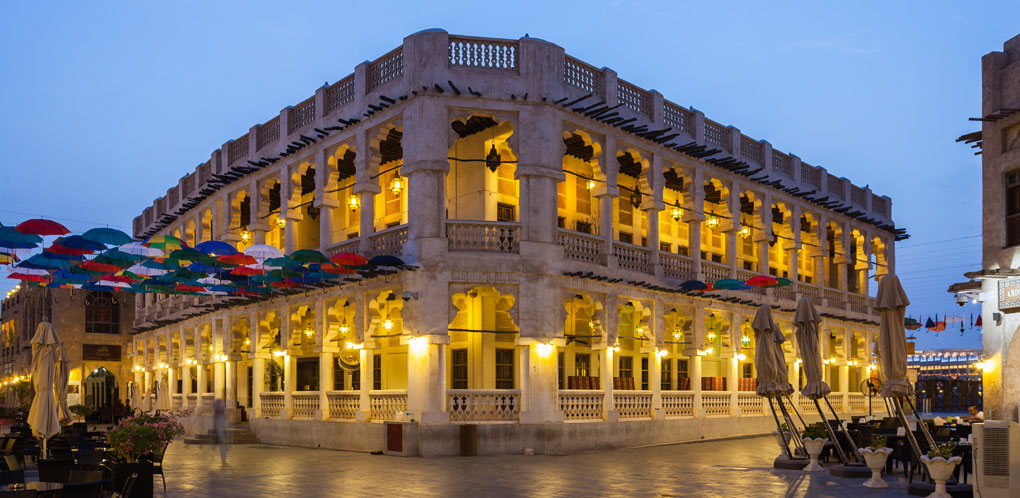
Ras al-Khaimah
The United Arab Emirates (UAE) is a relatively new country – it was formed in 1971. However, the history of the land that the UAE occupies dates back to the Neolithic Age, which is evidenced by inscriptions, drawings and archaeological finds uncovered in the seven emirates during the period from the early 1950s to the present day.

Archaeologists have found evidence of human settlement in the Emirate of Ras Al Khaimah from 7,000 years ago, making it one of the oldest continuously inhabited places in the world.[1] Its location at the entrance of the Arabian Gulf has always been strategic to the socio-economic and cultural growth of the emirate. It has also meant that Ras Al Khaimah has also been fending off invading forces; the remnants of numerous historic forts and towers testify to its eventful history.
History of Ras al-Khaimah
The area now known as Ras Al Khaimah once housed the significant Islamic settlement and port of Julfar. With a history of continuous human habitation spanning 7,000 years, it stands out as one of the few places in the country, and the world, with such longevity.
Archaeological findings reveal that Julfar shifted locations over time due to changes in harbor channels. Excavations uncovered remnants of a Sassanid-era fortification on a sizable tell, suggesting that early Julfar was situated in the northern part of present-day Ras Al Khaimah. This location is close to other historical sites like the Pre-Islamic fort known as ‘Sheba’s Palace’ (Shimal Fort).
One of Ras Al Khaimah’s notable figures, Ibn Majid, was a renowned seaman, navigator, and cartographer. Evidence from his writings suggests that Ras Al Khaimah had surpassed Julfar as the primary port and settlement on the Shimal coast during his time.
In the early 18th century, the Qawasim (or Al Qasimi) established themselves in Ras Al Khaimah and Sharjah, becoming a significant maritime force with territories on both the Persian and Arabian coasts. This led to frequent conflicts with British-flagged shipping.
Following a series of attacks against Omani-flagged ships and the events of the 1809 monsoon season, the British launched the Persian Gulf campaign against Ras Al Khaimah. This military operation resulted in the destruction of much of the Al Qasimi fleet. The British expedition extended to Lingeh on the Persian coast, which, like the Greater and Lesser Tunbs islands, was under Al Qasimi administration.
The campaign concluded on the morning of November 14th, with the British forces returning to their ships. While the British sustained light casualties, the Arab losses, including those of the Al Qasimi, were likely significant. The destruction inflicted on the Al Qasimi fleets was severe, with a considerable portion of their vessels destroyed.

























